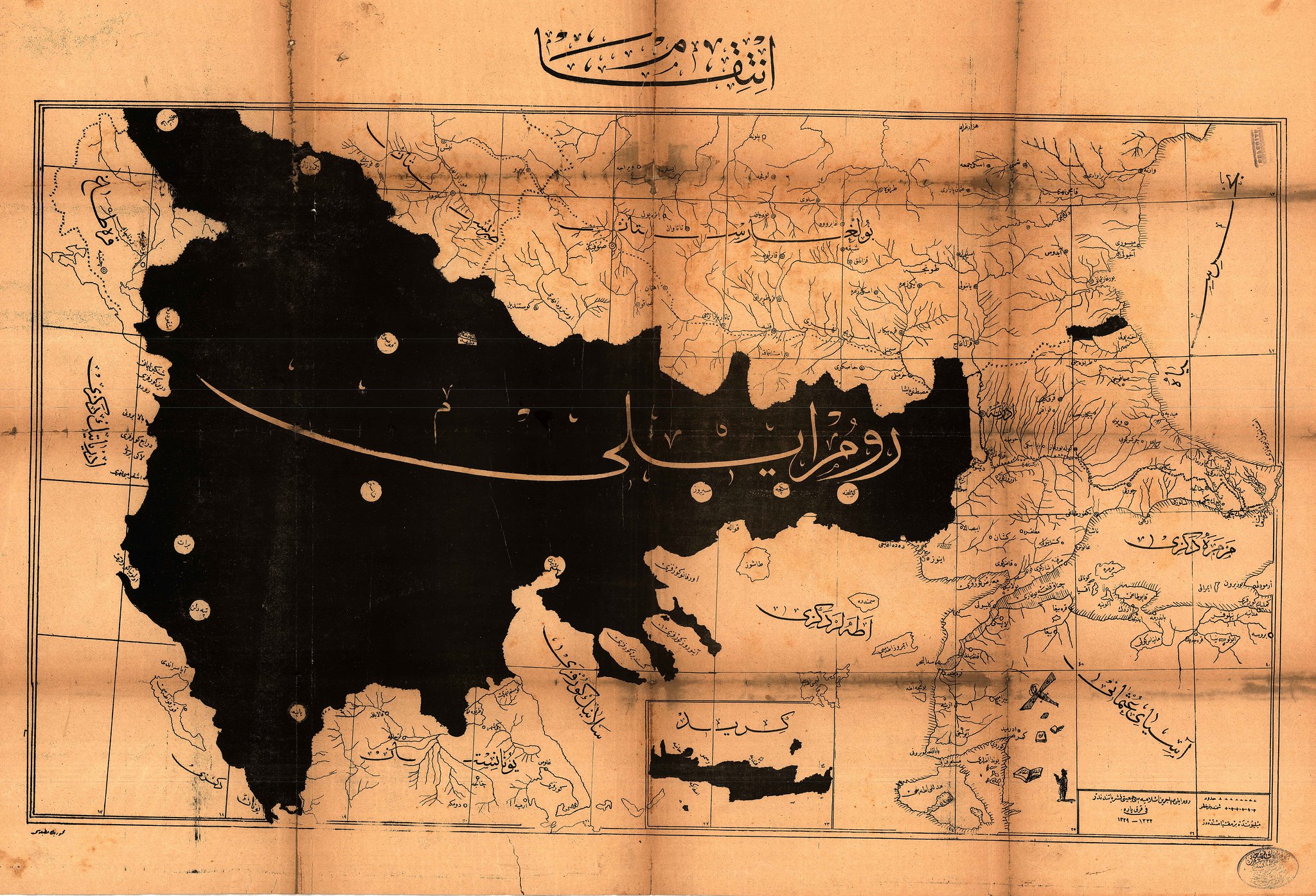This map, courtesy of the Atat
ürk Kitaplı
ğı, is titled simply
Intikam or
Revenge. Published by the Rumeliya Muhacirin-i Islamiyesi Cemiyeti or Society of Muslim Refugees from Rumeliya, the map shows, in black, the part of the Ottoman Empire lost during the Balkan Wars from which these refugees fled. The region's most important cities, where many of these refugees had lived, appear in the small white circles. This map gives a sense of the political climate that contributed to the Ottoman decision to join World War One, as discussed by Mustafa Aksakal in
The Ottoman Road To War in 1914, as well as the complications stemming from the fact that the country which stood between them and much of the European territory they wanted to retake, Bulgaria, was also a German ally.
Ümit
Üngor's
Making of Modern Turkey, meanwhile highlights the role that a widespread desire for revenge played in shaping Ottoman policy toward Armenians during the war. (Those who want a nice map about Muslim refugees with slightly different politics than
Üngor's should check out Justin McCarthy's
Forced Migration and Mortality). Finally, by highlighting the feelings that the Ottomans' lost territory inspired, this map also offers a reminder of what was so remarkable about Atat
ürk's decision to accept and embrace Turkey's present day borders.







